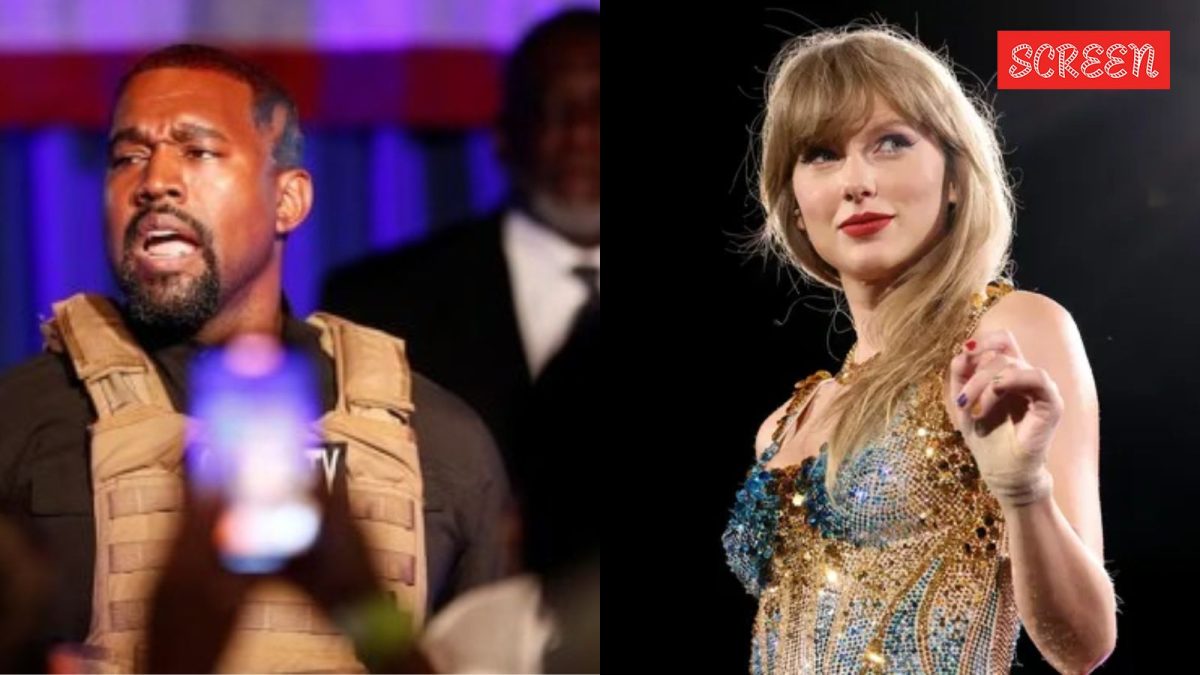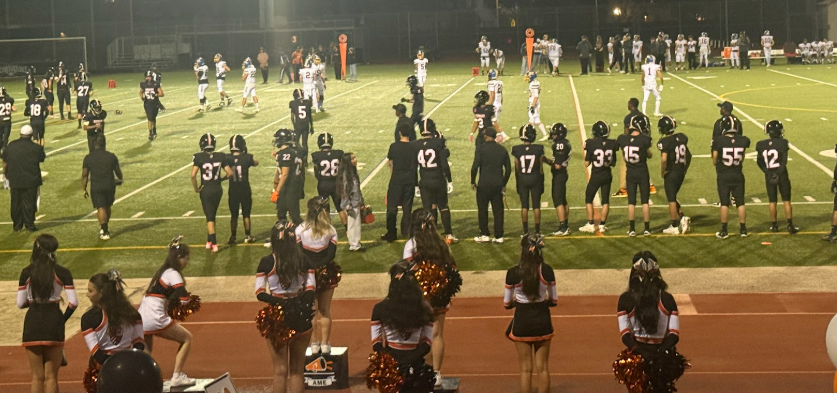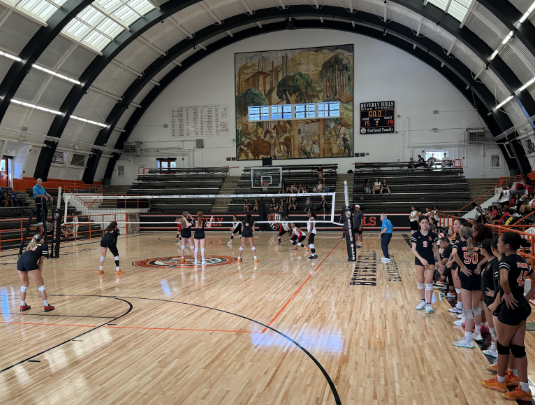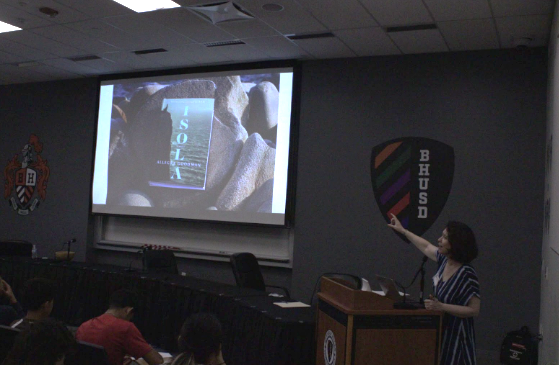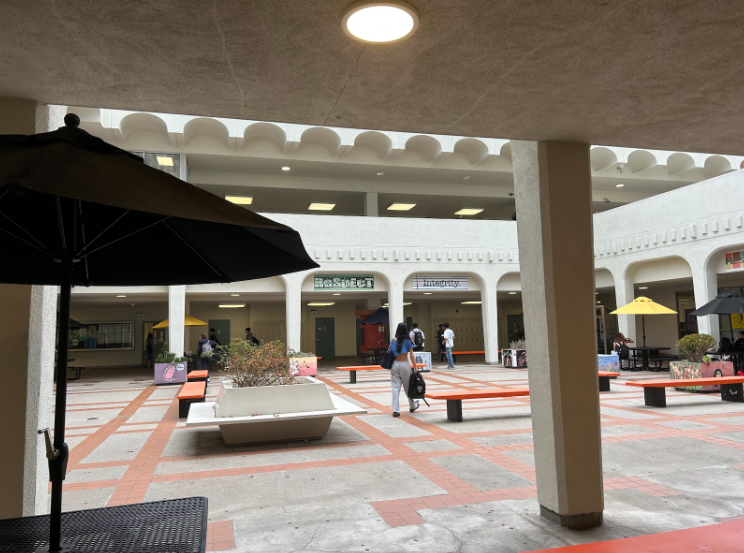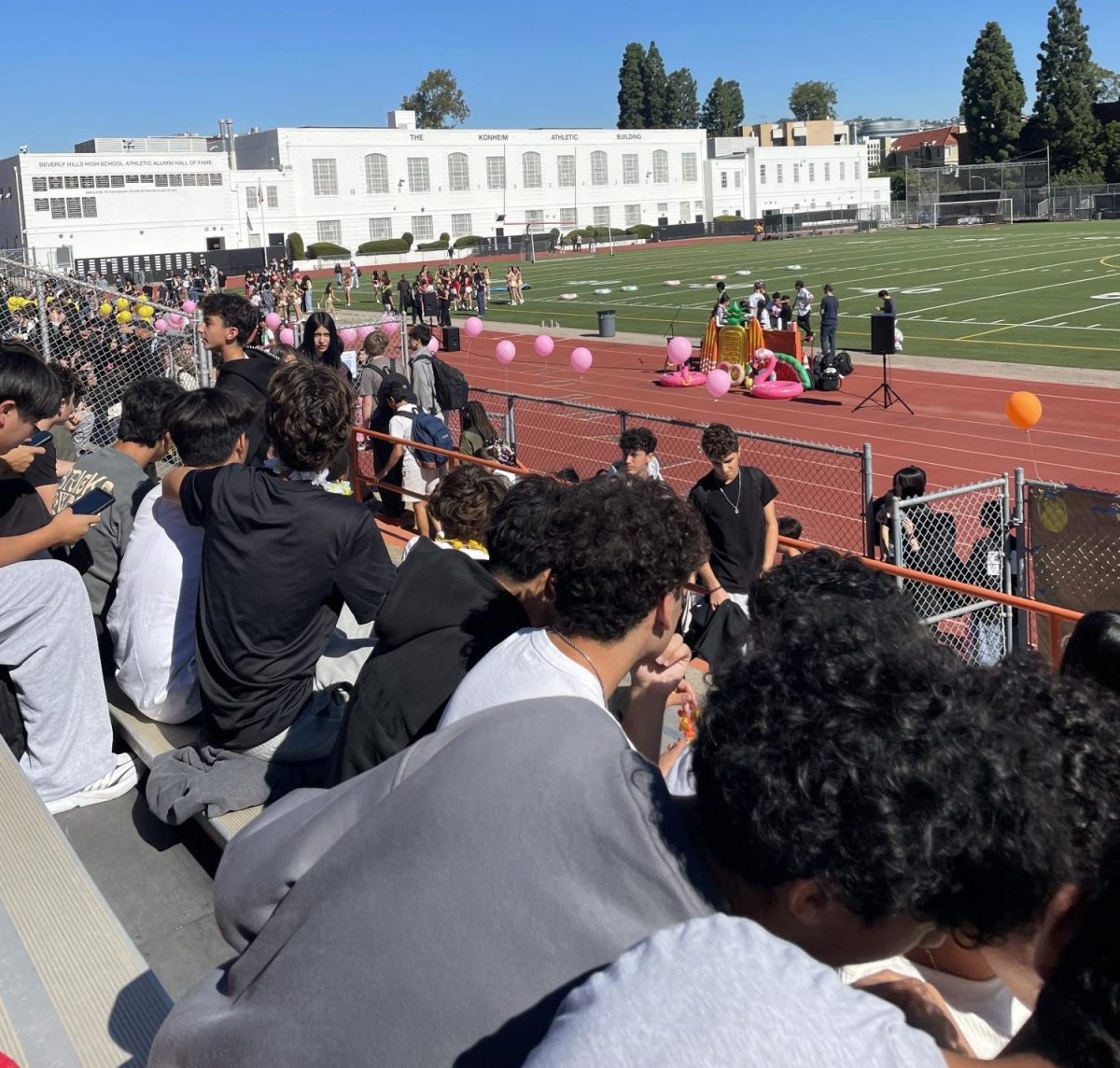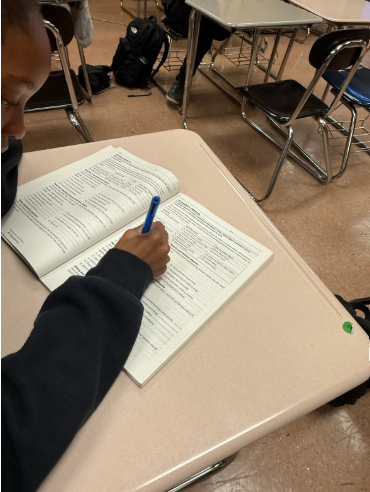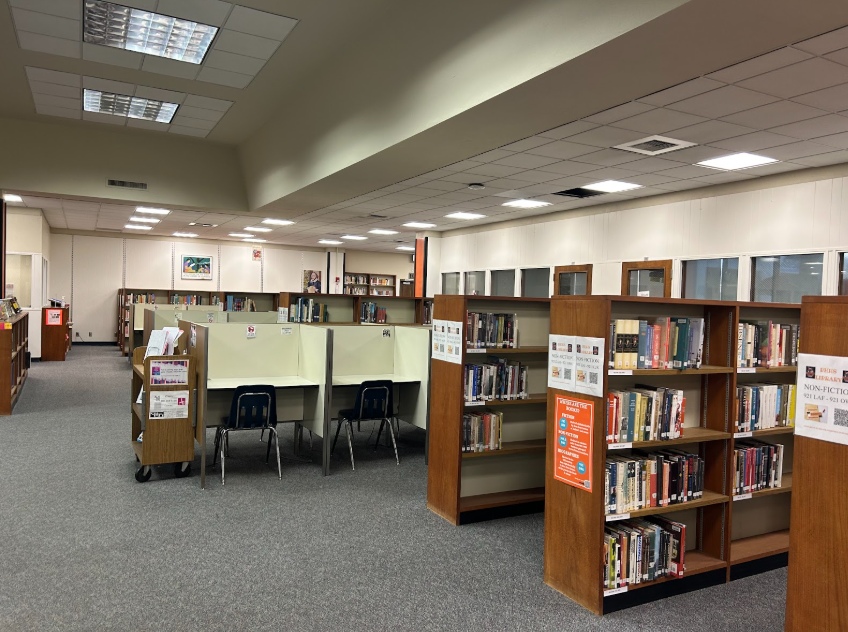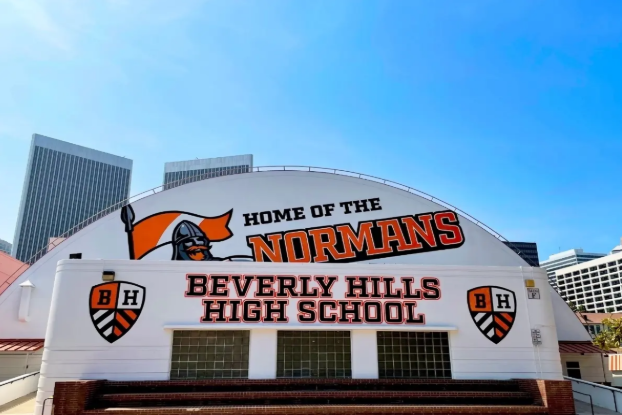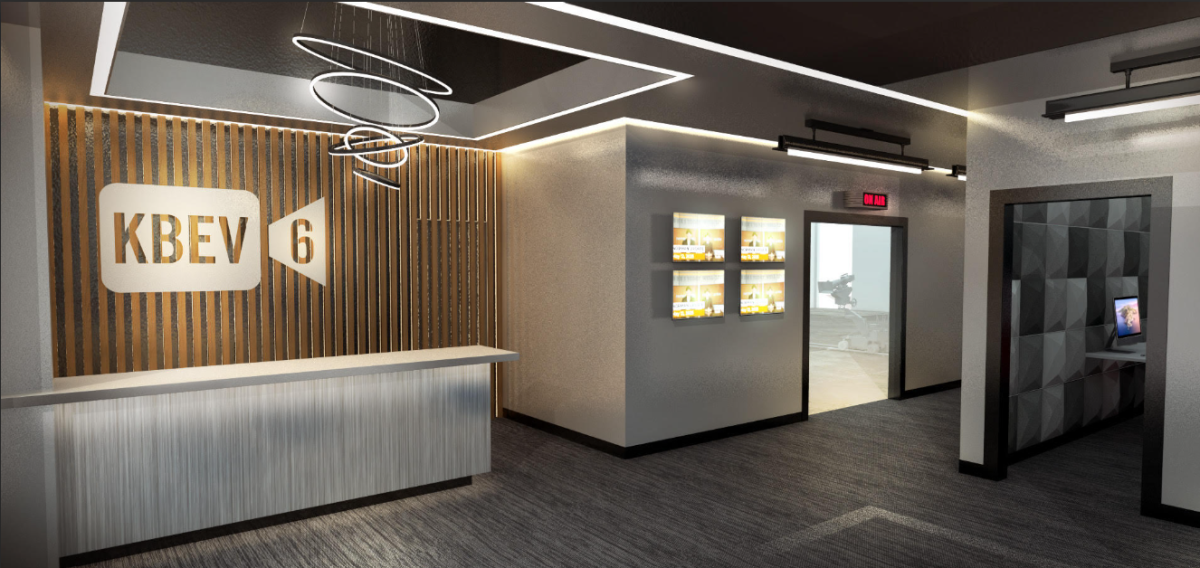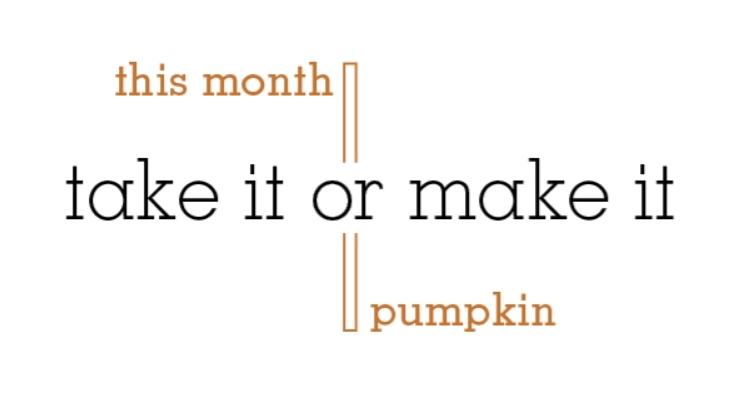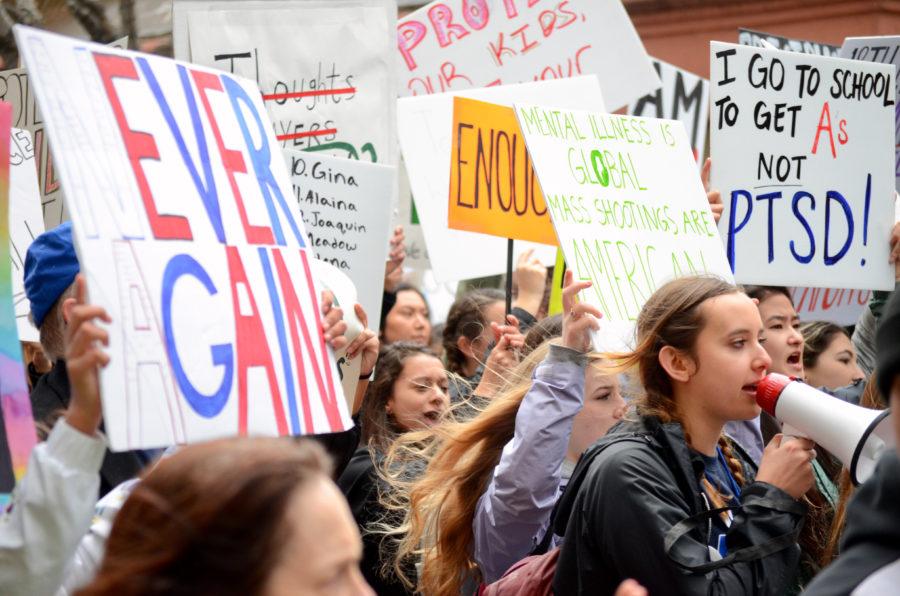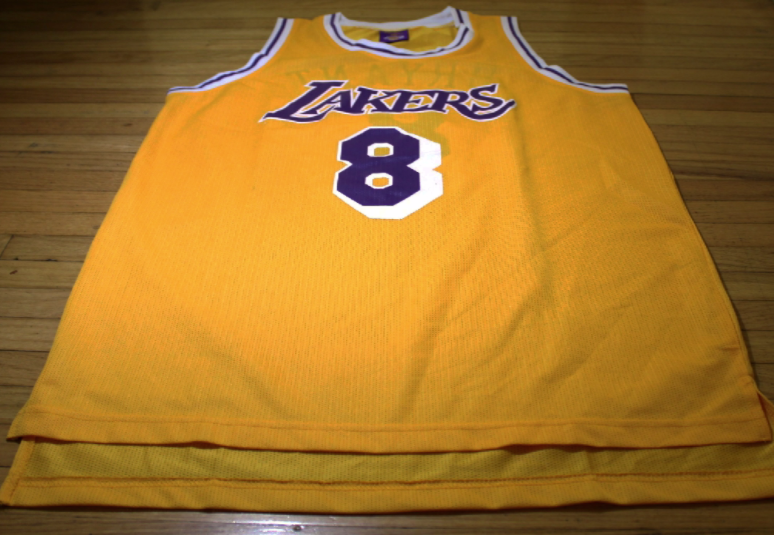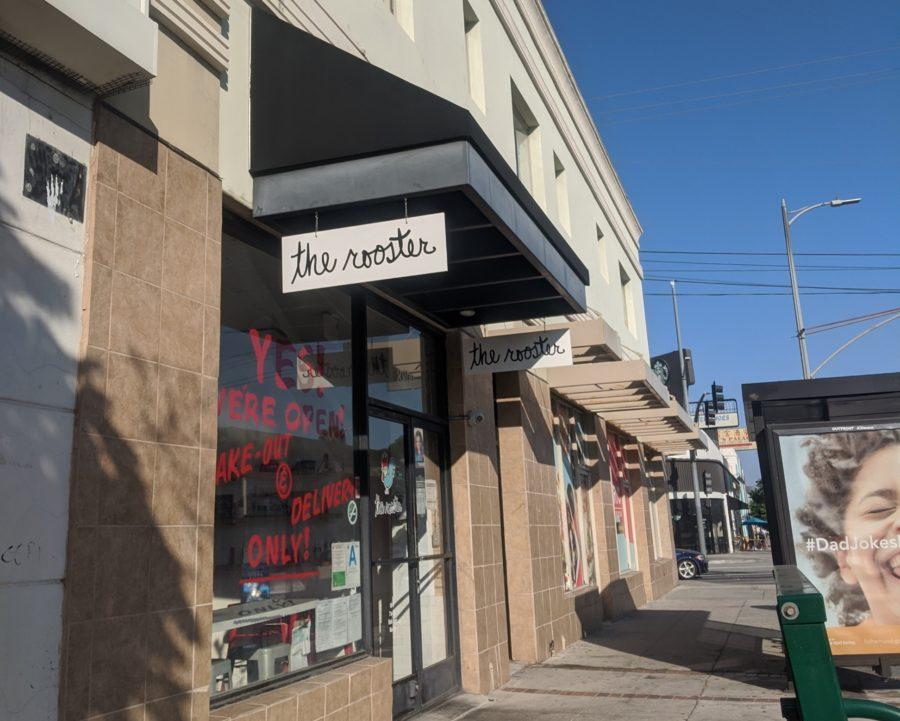As seen in the Nov. 8 issue
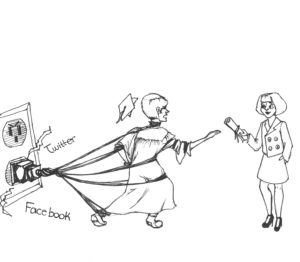
From paintings on carved ivory and doves carrying ancient script letters, to typing in morse code and dialing on cell phones, communication has evolved tremendously over the millennia. Through innovative technological advancements and increasing interaction among people in society, tools for communicating in the 21st century are now compacted into the tiny space of a microchip that link to a global playground called Internet. From this, social media rose as the main instrument of long-distance communication within the last decade.
According to the definition by dictionary.com, social media refers to means of online communication shared by large groups of people that develop “social and professional contacts.” The easy accessibility of social media such as Twitter, Facebook, Vine, Instagram, attracts a larger population to generate new ideas publicly through a simple click on their phones. The benefits of social media are evident in the heightened creativity among users, who perform short skits on Vine and post comedy series on Twitter.
Social media is also one of the most effective marketing tools for businesses and organizations. News agencies such as CNN and the Los Angeles Times have reformed how they deliver breaking news by announcing it on Twitter first, which helps to inform a greater number of people faster. Overall, the use of social media seems to indicate profitable results — until, people start to misuse them.
The common phrase “the Internet made me do it” is simply an excuse for people’s behavioral problems, specifically for frequent users like teenagers who focus more on the “social contacts” of social media than the “professional.” Students have become more prone to openly sharing their thoughts, which can lead to insightful, thought-provoking discussions. But it oftentimes leads to public discouragement.
Twitter, for example, has about a billion registered users, and around 270 million of those users actively use Twitter every month. According to Twitter’s blog, Twitter’s primary mobile users tend to be young adults (18 to 34 year olds) and are 119 percent more likely to tweet at work or school. Students’ frequent tweets at Beverly confirm this trend among young users. Teens tend to tweet whenever something happens, whether it be about an assembly, a substitute, a particular class or even just the fact that they are at school studying. Unfortunately, this trend of consistent tweeting seems to lead to negative remarks and complaints about school, rather than encouraging words to others.
Such tweets or Facebook posts are still protected under the First Amendment, freedom of speech. We believe that the school should not try to censor usage of social media, as long as it does not lead to cyberbullying. However, students should be better informed of the consequences of inappropriately using social media which poorly reflect on one’s image. Even if students delete what has been posted on the Internet, the vast space of the web makes it almost impossible for the post to get completely erased. It may be possible that one’s regrettable tweet can appear in another’s retweet, thus starting a chain reaction. What is most dangerous about the misuse of social media is that it has a potential to hinder one’s future, especially in terms of obtaining jobs and other professional opportunities. Understanding the correct use of social media can help prevent teens from tweeting shameful posts and spoiling their professional reputation as students.
Categories:
Editorial: Maximizing the benefits of social media
November 8, 2013
2
Donate to Highlights
$125
$1000
Contributed
Our Goal
Your donation will support the student journalists of Beverly Hills High School. Your contribution will allow us to purchase equipment and cover our annual website hosting costs.
More to Discover





